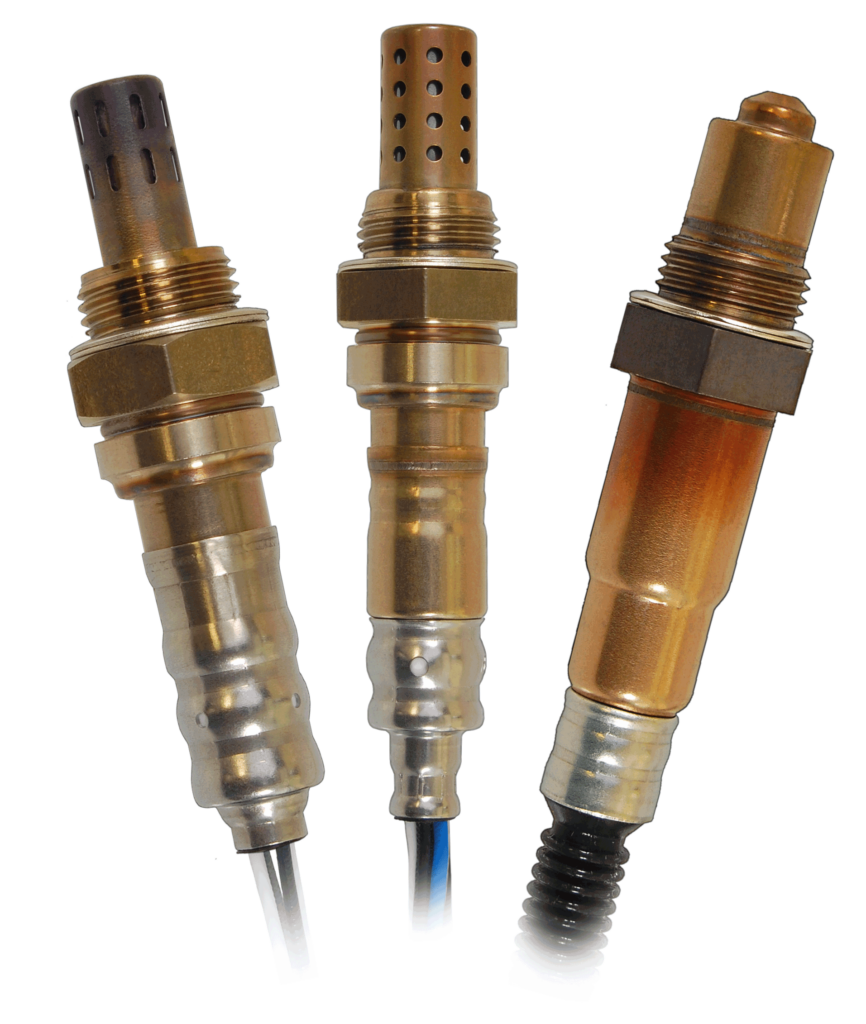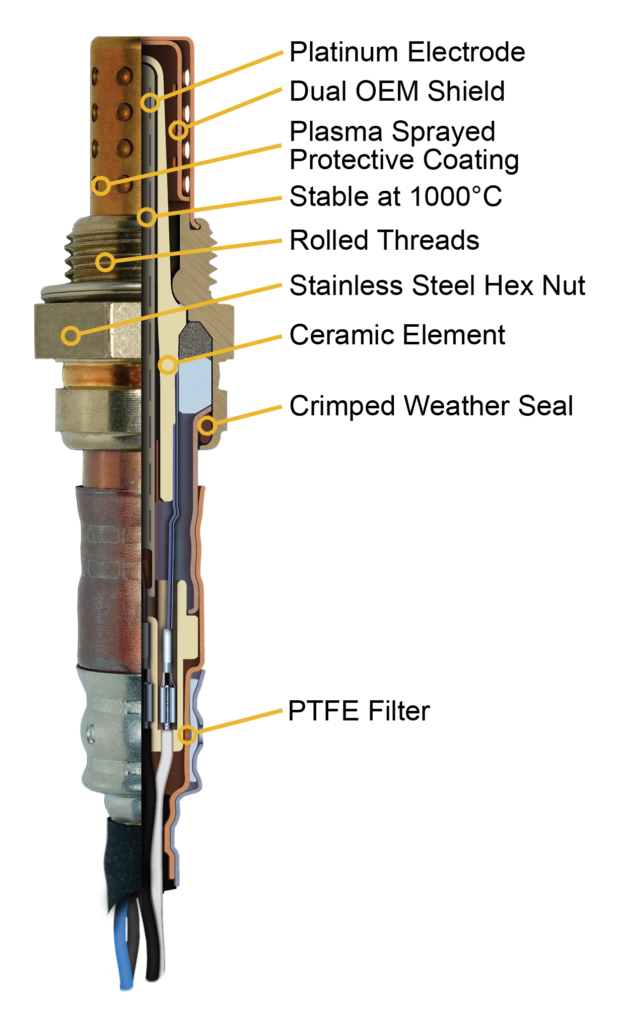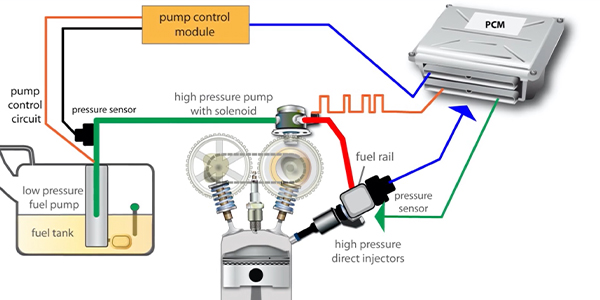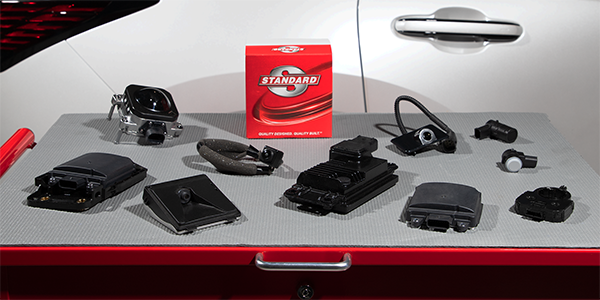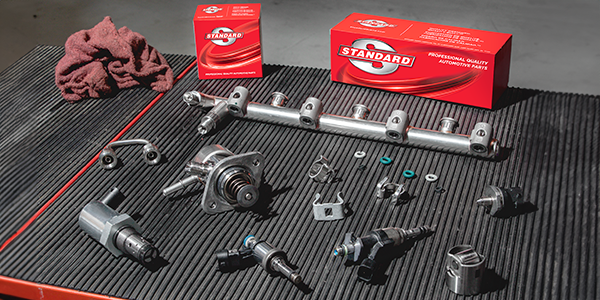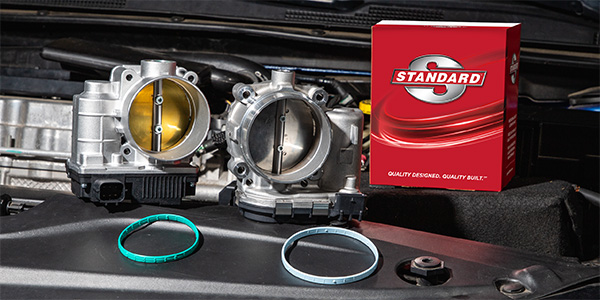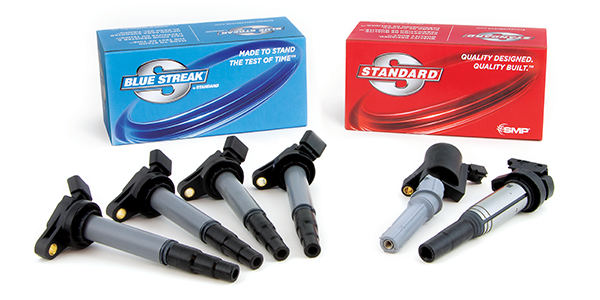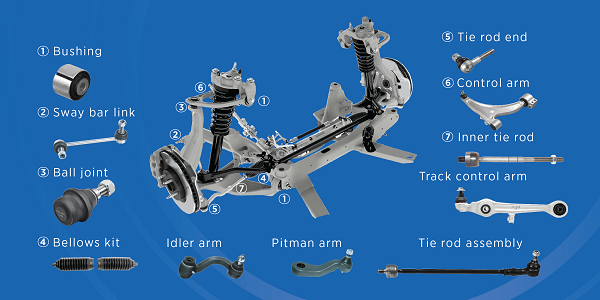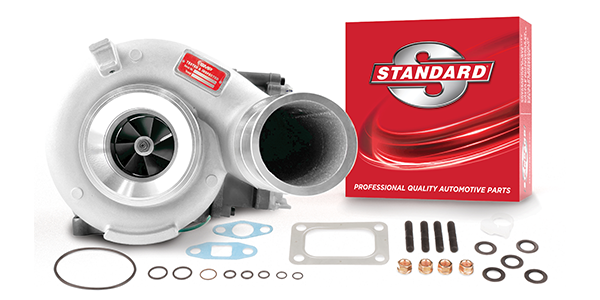Since the implementation of OBDII, the oxygen sensor has been a main staple of engine management systems. Modern oxygen sensors are much faster and more accurate than their older counterparts. This allows the engine to enter closed loop control faster which decreases emissions and fuel usage by as much as 15-20%.
O2 sensors are separated into two main types, narrow band and wideband. Narrow band oxygen sensors react with the oxygen molecules in the exhaust. If the gas mixture is rich, the oxygen content will be low, and the sensor will send a rich signal to the ECU. This will decrease the amount of fuel added to the cylinder. If the gas is lean, the oxygen content is higher, and the sensor will send a lean signal.
Wideband sensors are the newest technology. These sensors have an additional chamber called the pump cell that accurately measures the oxygen concentration on a complete lambda scale. Electronic circuitry must be used to maintain voltage supplies to maintain a consistent cell temperature and stoichiometric balance inside the measurement chamber. The balance is maintained by the pump cell which ‘pumps’ oxygen ions in and out of the measurement chamber. The control circuit measures how hard the pump cell is working and determines the air fuel ratio.
Most vehicles have two oxygen sensors installed in the exhaust system; at least one in front of the catalytic converter (upstream) and one after the converter (downstream). The purpose of the upstream sensor is to manage the closed loop performance of the engine. The downstream sensor is used to monitor the condition of the catalytic converter.
The typical life expectancy of an oxygen sensor is 30,000 to 50,000 miles. However, when constantly exposed to the harsh environment found in an automobile’s exhaust system, the oxygen sensor sustains a constant barrage of harmful exhaust gases, extreme heat, and high velocity particulates.
Did you know??
Oxygen Sensors are the 2nd most common automotive repair for Check Engine Lights*
Life Expectancy of an oxygen sensor:
Sometimes contaminants such as coolant, oil, or silicone particulates will find their way to the sensor – these contaminate the sensor and render it inoperable. An oxygen sensor’s life is long, in some applications up to 100,000 miles. Whether by contamination or normal use, its effectiveness will inevitably decrease over time. A faulty oxygen sensor can be difficult to diagnose quickly and can be damaged as a result from natural aging, shock from accidents, antifreeze poisoning, excessive oil consumption, leakage, silicone poisoning, and more.
Some symptoms of a failing oxygen sensor could include:
- Surging
- Hesitation
- Poor overall performance
- Falling fuel mileage
- Rough idling
- Failed emissions test
- Inefficient clogged catalytic converter
Walker Products’ oxygen sensors feature a ceramic body made of stabilized zirconium dioxide and contained in a housing that protects it against mechanical effects and facilitates mounting. A gas-permeable platinum layer comprises the electrodes that coat the surface, and a porous ceramic coating applied to the side exposed to the exhaust gas prevents contamination and erosion of the electrode surfaces by combustion residue and particulates in the exhaust gases. Walker Products is one of the leading oxygen sensor suppliers and an industry expert in application research.
That means when you install Walker oxygen sensors, you get an improved engine response and performance, lower emissions, better fuel economy and longer sensor life.
To learn more about Walker Products and their extensive Engine Management capabilities, please visit walkerproducts.com
*CarMD 2021 Vehicle Health Index
This article is sponsored by: Walker Products





